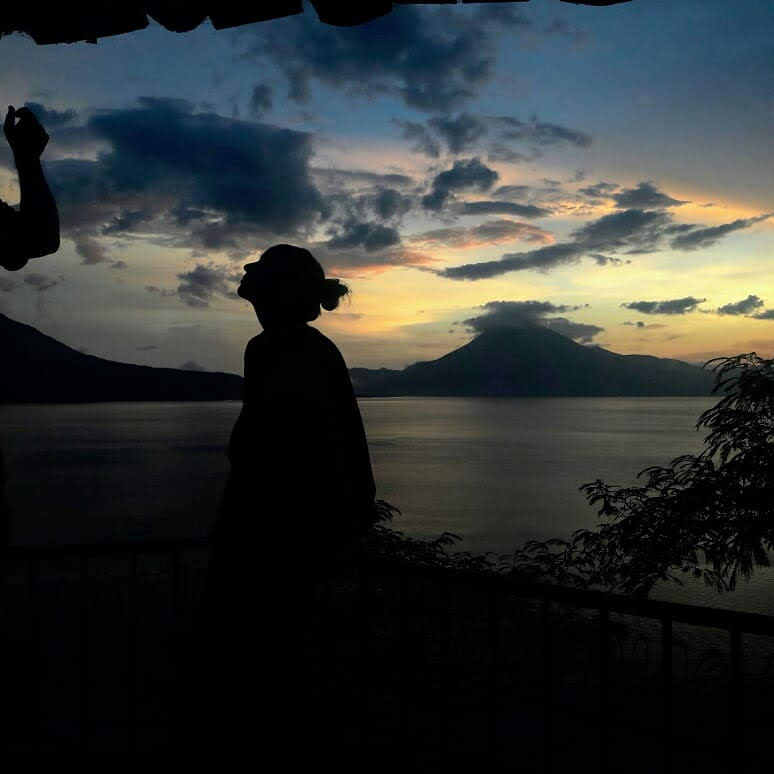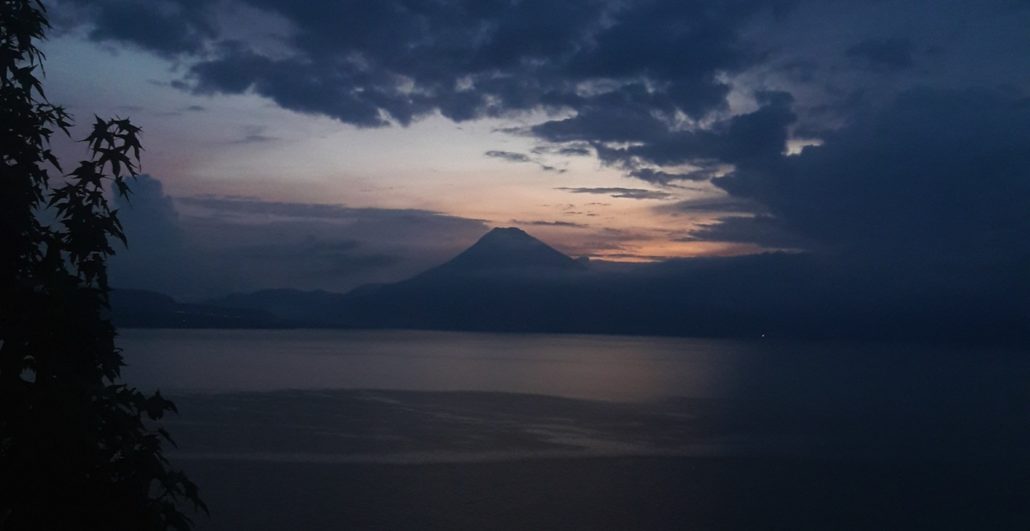Surprising Facts about Lake Atitlan:
-
Not Alexander von Humboldt’s Favorite: Despite common claims, there’s no evidence Alexander von Humboldt ever called Lake Atitlan the “most beautiful lake in the world.” This quote seems to be an internet myth.
-
Mystical Undercurrents: Local Mayans consider Atitlan the “bellybutton of the world,” believing it possesses unique energy fields. While its beauty inspires awe, there’s no scientific proof of mystical qualities.
-
Jacuzzi Volcano? Believe it or not, scientists discovered a “hot rock aquifer” under the lake, potentially heating its waters at certain depths. Although unlikely to create a natural jacuzzi, it’s an intriguing geological feature.
-
A Lake Within a Lake: During periods of heavy rain, Lake Chicabal forms within Atitlan. This temporary “lake within a lake” phenomenon is attributed to rising groundwater levels and creates a visually stunning double-layered effect.
-
More Than Meets the Eye: The seemingly calm lake hides complex undercurrents and sudden windstorms called “Xocomil.” These unpredictable bursts can be dangerous for boaters, showcasing the lake’s hidden power.
-
Sunken Treasure (Maybe): Local legends whisper of lost Mayan treasures hidden beneath the lake’s depths. While no confirmed discoveries exist, the possibility adds a layer of intrigue to its history.
-
Healing Powers? Some believe the volcanic minerals in the lake’s waters possess healing properties. While medical evidence is lacking, the belief underscores the cultural significance of this natural wonder.
-
Coffee Connection: The volcanic soil around Atitlan is ideal for coffee farming, producing some of Guatemala’s most esteemed blends. Many villages offer coffee tours and tastings, allowing visitors to connect with the local agricultural heritage.
-
Biodiversity Hotspot: Despite human impact, the lake supports a diverse ecosystem, including over 80 fish species and several endangered birds. Conservation efforts are crucial to protecting this unique biodiversity.
-
Changing Colors: Depending on the light, cloud cover, and volcanic ash content, the lake’s water displays a range of colors, from turquoise and emerald to deep blue and even gray. This ever-changing palette adds to its mesmerizing beauty.
I hope these lesser-known facts spark your curiosity about Lake Atitlan!
Surprising Facts about Lake Atitlan
Myths about Lake Atitlan:
-
The Lake Monster: Like many deep lakes around the world, Atitlan has its own legendary monster. Called Chakona or Arcoiris (Rainbow), this serpent-like creature is said to lurk in the deepest parts of the lake, luring boats to their doom. Locals blame Chakona for lost boats and fishermen who have disappeared in the lake’s depths. Some even avoid venturing far from the shore out of fear of the mythical beast.
-
Sunken Cities and Treasures: The lake’s deep waters have fueled legends of lost Mayan cities and treasures hidden beneath its surface. Some believe these settlements met their demise due to volcanic eruptions or divine punishment, and their riches remain guarded by spirits or mythical creatures. While there’s no concrete evidence to support these claims, the stories add to the lake’s mystique.
-
Mystical Healing Powers: The volcanic origin of Lake Atitlan has led some to believe its waters possess healing properties. The minerals from the volcanic rock are thought to have therapeutic benefits, and some locals even bathe in the lake for this reason. While scientific evidence is lacking, the belief reflects the deep connection between the lake and Mayan culture.
-
The Curse of Citlatzin: This tragic love story explains the origin of the strong winds that sometimes sweep across the lake, called Xocomil. Legend tells of Citlatzin, the daughter of a local ruler, who fell in love with a commoner. Her father disapproved and had the young man killed. Grief-stricken, Citlatzin drowned herself in the lake, and her spirit is said to stir the winds in her eternal sorrow.
-
Tunnels to the Volcano: Some believe a network of tunnels connects the villages around the lake to the surrounding volcanoes. These tunnels are said to have been used by the Mayans for escape, religious ceremonies, or hiding treasures. While there’s no physical evidence to support this myth, it adds to the lake’s aura of mystery and intrigue.
It’s important to remember that these are just myths and legends, and there’s no scientific proof to support them. However, they’re an integral part of the cultural heritage of the communities around Lake Atitlan and contribute to the lake’s captivating atmosphere.



 Ethical Fashion Guatemala
Ethical Fashion Guatemala Ethical Fashion Guatemala
Ethical Fashion Guatemala